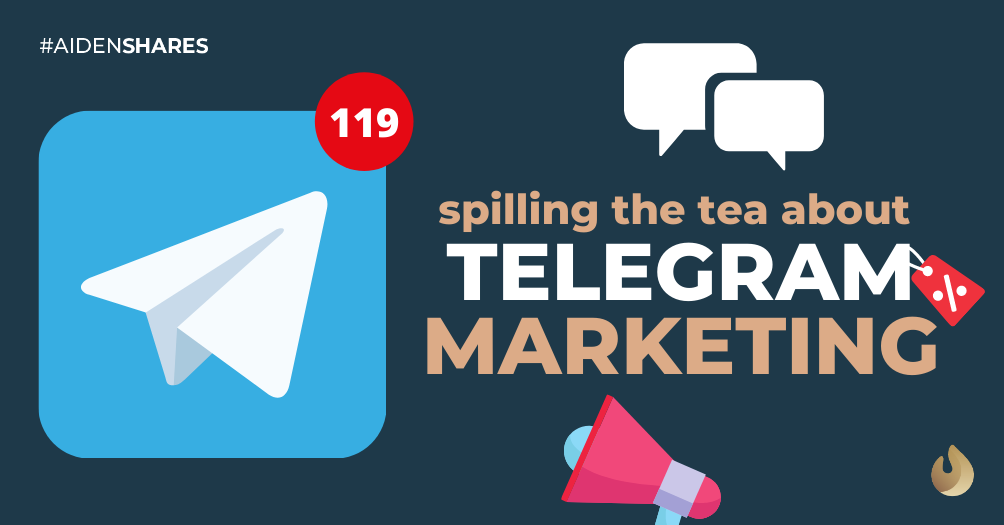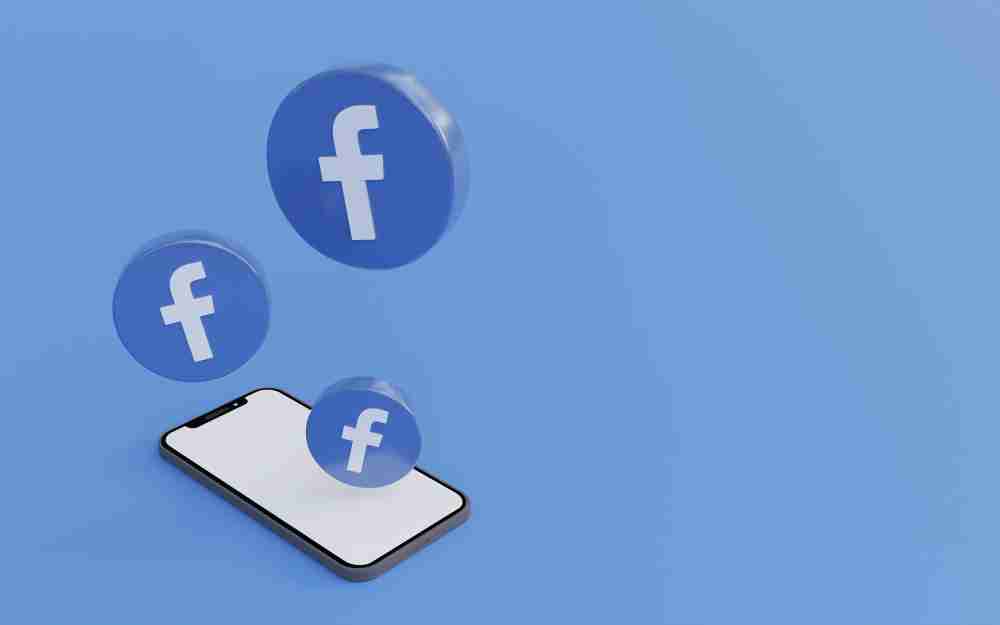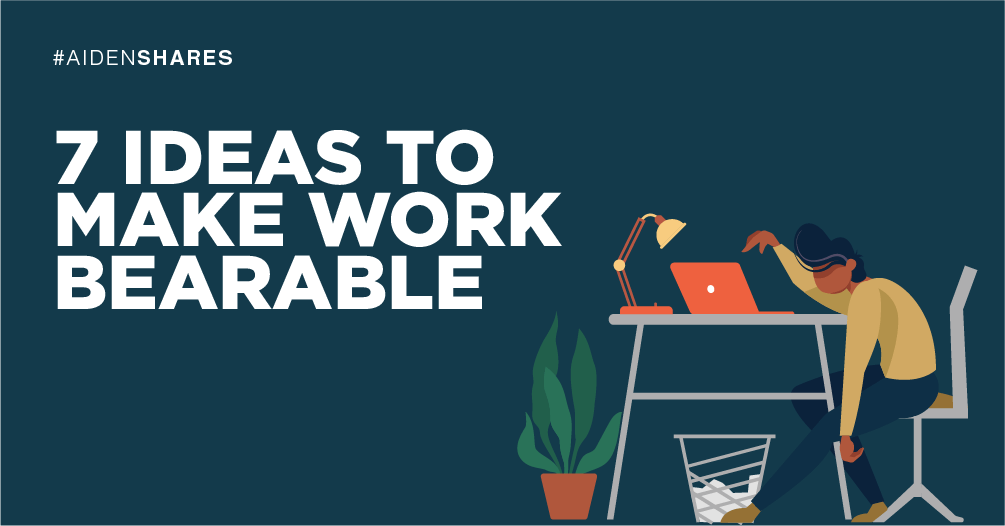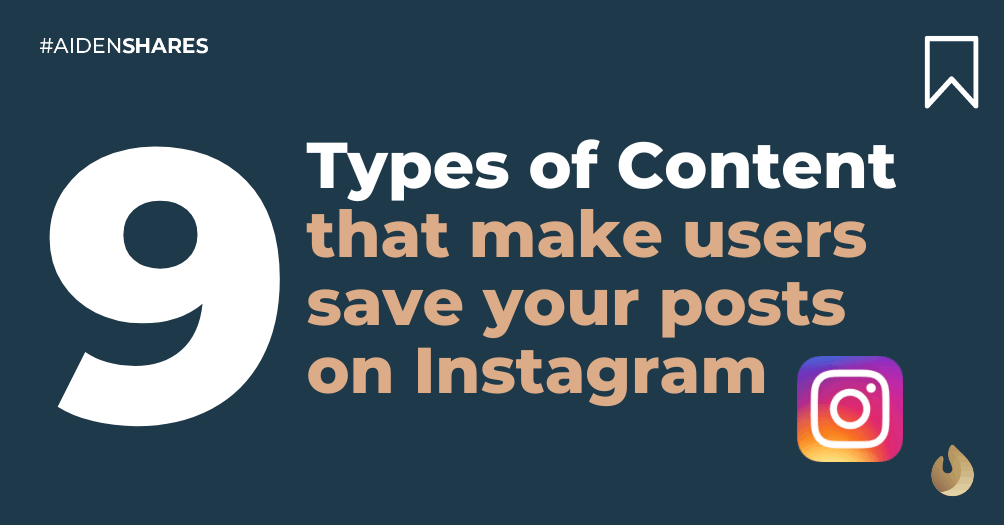9 Ways to Integrate Facebook into your Overall Marketing Strategy

Nowadays, many mistakes are committed by today’s marketers when it comes to Facebook marketing. Above all, the biggest blunder is the mindset that Facebook itself is a stand-alone tool that can help you achieve your goals by itself. This is popularly known as the Facebook silo. Without an integrated digital marketing strategy, even with the perfect process and outcome measurement, a Facebook campaign is destined for failure.
Wherever there it the potential to communicate with a consumer, there is the potential for integration. Every now and then, we see so many integration opportunities missed due to excessive focus on Facebook strategy alone. There must be a coherent strategy where Facebook is an integral part of the whole marketing plan.
Social is also a great way to help clarify the messages you send through traditional marketing. With social media, you can create a dialogue with your customers to ensure the right messages are relayed. The key is consistency and relevancy. Integration of social media with traditional marketing requires the understanding that there are differences between the ways we communicate.
The important thing is to cross promote across different marketing channel. Just like our Facebook tools, there are many ways to integrate Facebook with traditional media. We will just focus on those that are suitable for most businesses. Below are some of the ways to integrate social media, such as Facebook into your traditional marketing strategy.
Incorporate Facebook in inbound marketing
With the creation of Facebook as a marketing tool, there is little focus on using Facebook as an outlet for attracting leads. It is essential to utilize Facebook as part of the inbound marketing system by noting down the contact details such as email address, when there is contest that require submission of such details. Besides, the fans can be directed to the landing page or website in a subtle way.
Incorporate social icons/links to the brand website/blog
This is done by including a Facebook icon or even better a Facebook plugin box on your website. When a visitor who hasn’t liked your Facebook page sees the plugin box, it is likely that he will click on the like button if he has a close affinity with your brand. The chance is even higher if he happens to see his friends liking your brand page as well.
Incorporate social icons/links to all email marketing
This is one of the easiest form of integration that can be done. One example would be making it a practice to make sure that all representatives of your company include the Facebook link at the signature. When communicating with customers, especially loyal ones, you can increase the number of likes and probably attract brand advocates that haven’t liked your Facebook page.
Offer the ability to share/like via share buttons/widgets
This concept is in line with social commerce. We don’t necessarily have to see a transaction occur on the Facebook platform or even on the website. For the case of Facebook, you can simply include ‘like’ or ‘recommend’ button in your website for a certain product or service. This allows us to tap on the influence of brand advocates as they are able to recommend the products to their friends on Facebook with a simple click on the website.
Utilize social media for virtual & live events
Facebook is one of the best marketing channels to promote events, whether virtual or real ones. With the event tool, you can increase your reach in terms of attendance. For example, say you have a big sweepstake. You can actually create an event that allows the fans of your page to invite their friends and families. This results in exponential increase in participation.
For live events, Facebook can also be used to invite people. Not just that, any pictures from the event itself can be used on Facebook. This allows fans to get to know your brand better. With this, your brand is more than just a product but something that is celebrated in tandem with your lifestyle.
Use social media engagement for market research
Very few marketers realize that as a social platform, data obtained from Facebook can be used for market research of the overall traditional and social campaign. For instance, from Facebook alone, you will be able to understand what the target audience wants. By adjusting your content and looking at the engagement rate, you might be able to uncover some marketing trends that are essential in improving the traditional media channel as well.
Incorporate your brand image/personality in all social platforms used
This is important because even though Facebook is considered as social media, integration doesn’t only refer to the incorporation of Facebook into the overall picture, but we are also relating to the consistency of brand message across all channels. For instance, if your brand is portrayed as a high end apparel brand on your website and storefront, the brand identity in Facebook must be in line with that of the two channels. In other words, we want the customers to be able to relate to our brand personality and they will be confused if different messages are portrayed.
Open up customer service channels through social media
Facebook can serve as an alternative channel for any initial query and after purchase support. This also offers a fast outlet for customers to report any faulty items and enables instant assistance. Not only does this function as a support platform, it is also important for maintain brand loyalty. Since Facebook is a social platform with empowered consumers, we can also take advantage of this feature to let the brand advocates tell their story of the brand.
Utilize Google Analytics to track visits and possible conversions
Last but not least, we end this section with measurement. Google Analytics is one of the best web tracking platform to measure Facebook performance in terms of site traffic and conversions of different sorts. This serves as a feedback loop for the system as the performance of the integrated marketing strategy is based on statistics like click through rate, conversion rate and ROI. With the information obtained, they are then used to optimize the whole marketing strategy. That is how the whole logic of integration works.
So there you have it. These are just some of the many ways of making your Facebook page and other marketing tools into one. Utilize one of these suggestions and you will definitely see better results in your Facebook marketing campaign!






